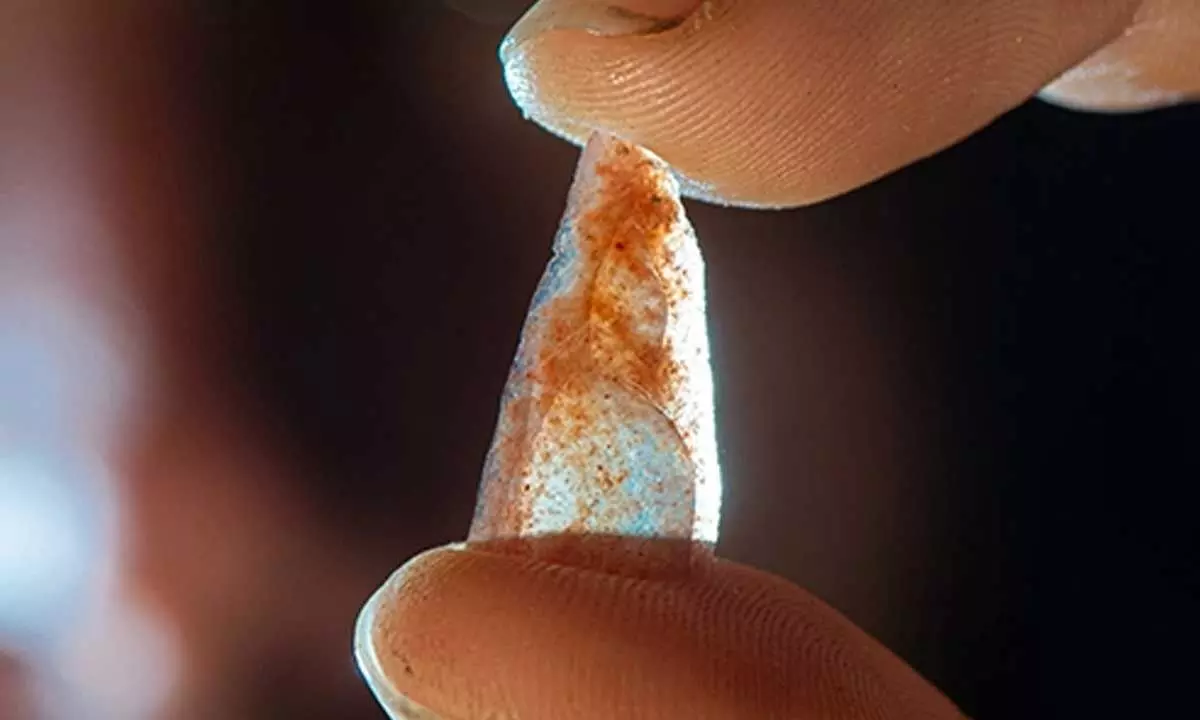Studies Found That Bows Were Used In Europe For More Than 40,000 Years Ago

Ludovic Slimak holding a Neronian nanopoint found in Grotte Mandrin layer E. (Philippe Psaila/Eurekalert!/AFP)
- Evidence from a cave in southern France suggests that modern humans used bows and arrows for the first time in Europe some 54,000 years ago.
- The study, which was released on Wednesday, indicates that archery has been used in Europe for more than 40,000 years.
Far earlier than previously thought, evidence from a cave in southern France suggests that modern humans used bows and arrows for the first time in Europe some 54,000 years ago. The study, which was released on Wednesday, indicates that archery has been used in Europe for more than 40,000 years.
There is evidence for the use of bows and arrows in Africa going back to 70,000 years. The discovery of bows and arrows in Northern European peat bogs, particularly Stellmoor in Germany, going back 10,000 to 12,000 years, provided the earliest known evidence of archery in Europe.
The new study was conducted at the Mandrin rock shelter in southern France, which has a view of the Rhone River's middle valley. Archaeological remains from the Grotte Mandrin site, which was originally excavated in 1990, are found there in layers that span more than 80,000 years.
The Layer E flint artefacts, which were more precisely crafted than the points and blades in the levels above and below, underwent a functional investigation by the researchers. Because other components of archery technology, like wood, fibres, leather, resins, and sinew, are flammable and rarely survived in European Paleolithic sites, tiny flint points were essential.
Neronian tiny points found in Grotte Mandrin experimentally reproduced using the same flint and replicating the same technologies. (Ludovic Slimak/EUREKALERT!/AFP)
Laure Metz of Aix Marseille University, a co-author of the study along with Ludovic Slimak of the University of Toulouse said that the Neanderthals and the Homo sapiens who lived in the cave are believed to have interacted at some point, however neither group is aware of how or whether it went well.
Nonetheless, she claimed that the Neanderthals who lived at the Mandrin site continued to employ conventional weapons like thrusting or hand-thrown spears and had not yet created any weapons with mechanical propulsion. According to Metz, the inhabitants of the cave would have typically hunted horses, bison, and deer, as evidenced by the discovery of animal bones inside.














